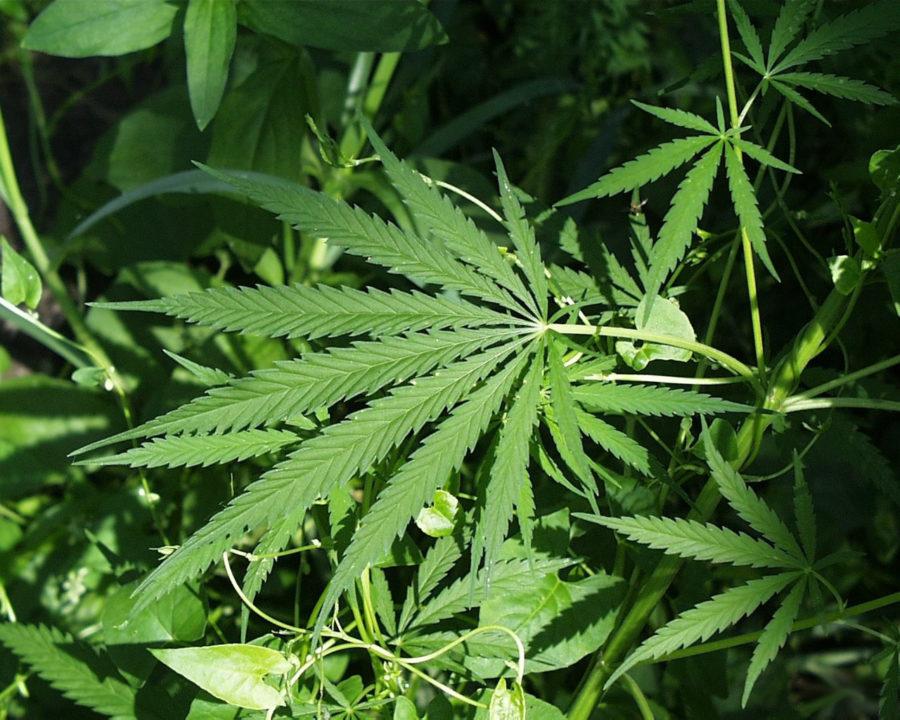Heckle: The road to legalization – The ignorant prohibition of cannabis
February 2, 2016
As support toward the legalization of marijuana for both medical and recreational uses rises, questions about the history and legitimacy of its prohibition are being brought to light. Though cannabis has been used by humans for almost 5,000 years, the past 80 years of its existence have been filled with controversy, crime and misinformation. Yet, the underlying intent behind the prohibition of cannabis — though hidden behind the guise of public safety — holds racist, xenophobic and disingenuous sentiments. As these intents become more integrated into public knowledge, the general attitudes — at least of Americans — toward cannabis have changed drastically.
In the past 15 years, the percentage of Americans who support the legalization of cannabis has grown by almost a fourth, increasing from 31 percent in 2001 to 58 percent in October of 2015, according to a Gallup poll. However, support for legalization is nothing new. Since the 1960s, support for legalization has had significant growth. As this argument is far from brief, I will be writing a series of three columns that will highlight the history of cannabis prohibition, its movement toward social acceptance and the social impact of its legalization.
The first legal mention of cannabis in America occurred in 1619, when the Virginia Assembly passed legislation that required farmers to grow hemp to be used in textile products such as rope and clothing. Its use as a psychoactive substance popularized in the 19th century in the form of hashish or hash, which became a fad throughout France and the United States. Interestingly, the medical properties of cannabis were exploited as early as the late-1800s.
The first strike against cannabis occurred in the 1900s shortly after the Mexican Revolution of 1910. During this time, the practice of smoking cannabis in forms other than hashish was largely unknown. As Mexican immigrants began to enter the country in rapid numbers, the practice of smoking cannabis in the form of a cigarette or through a pipe was introduced to American users. This Mexican movement into America brought with it a new term of cannabis as well: marijuana. Because of media’s use of this new nomenclature in association with the prejudice toward Mexican Americans at the time, the majority of Americans were left completely unaware that this “dangerous new drug” had been sitting in their medicine cabinets for close to 50 years.
The prohibition of cannabis began on a state level as early as 1911. Yet, these new policies were often added as an after thought or an indirect consequence in legislation prohibiting more dangerous drugs such as cocaine and opium to strictly prescription use. However, the development of misinformation and racism that would lead a nation-wide prohibition later in the 20th century is even more concerning than the apparent disinterest in cannabis in some of these early laws.
The misconstrued notion of marijuana as a dangerous substance is the fault of an uninformed media and government. In 1921, newspapers run by media tycoon William Randolph Hearst began associating marijuana with murder, torture, sexual immorality and senseless violence, even though there was no real evidence to support such claims. This view of cannabis, a once popular and effective medicine, was compounded by statements made by Harry J. Anslinger, head of the U.S. Treasury Department’s Narcotics Bureau. Anslinger, a vehement racist, began capitalizing on this false perception of cannabis by pressing a public relations campaign that made the plant illegal in almost all 48 States.
Using his influence and benefiting from the rampant ignorance and misinformation about marijuana, Anslinger lobbied for the 1937 Marijuana Tax Act. The act, which was passed through Congress after merely 30 minutes of debate, regulated cannabis by putting a heavy tax on the transfer of the substance. This act was later found unconstitutional and replaced by the Controlled Substances Act in 1970.
The congressional hearing itself was a laughable state of affairs. With the majority of Congress ignorant of the fact that Marijuana and cannabis were the same substance, the government essentially banned a substance it knew nothing about. Ironically enough, the only witness to speak out against the act on the floor was a representative of the American Medical Association.
The demonization of marijuana is synonymous with the demonization of the Mexican immigrants at the time. Furthermore, its legality stems from a concoction of false information and blatant ignorance. It is shocking that these archaic attitudes of 80 years past still manifest themselves in modern-day policy.







